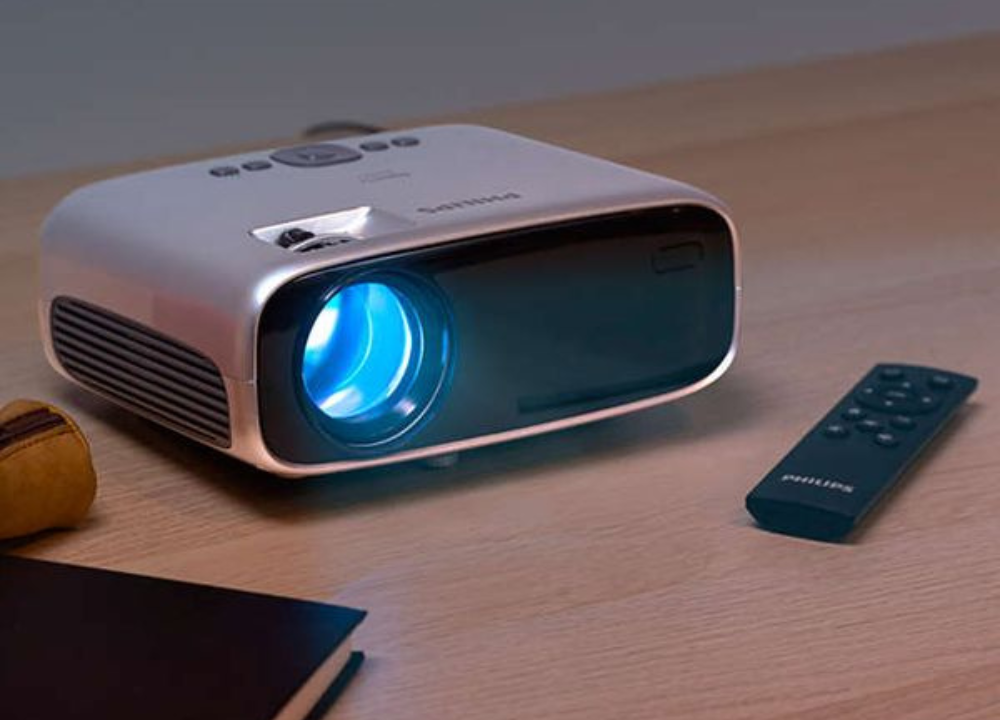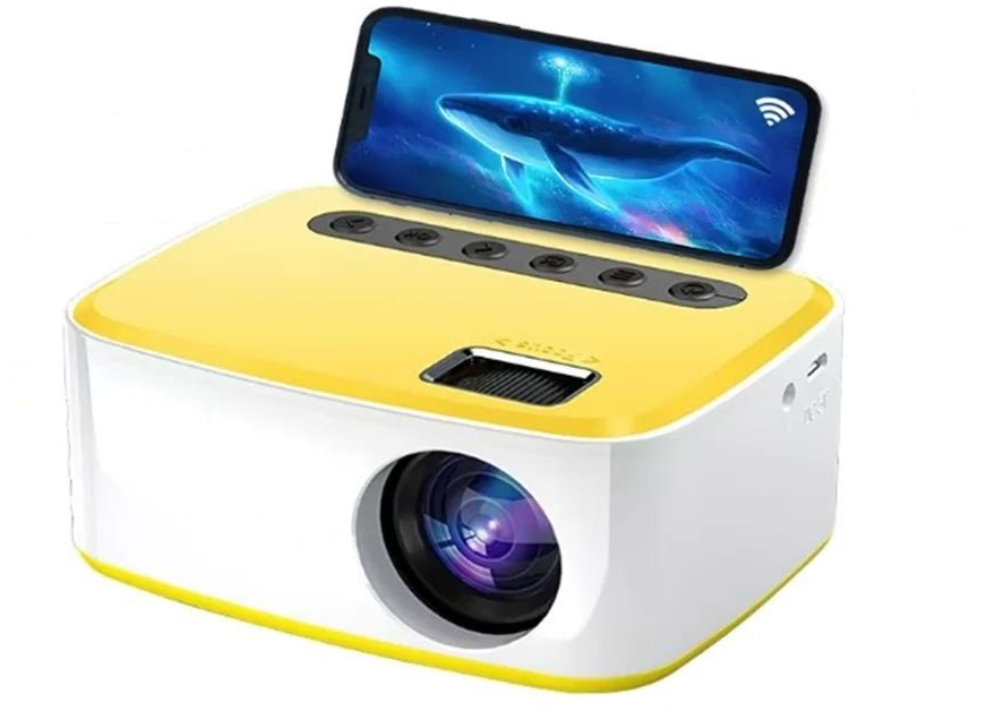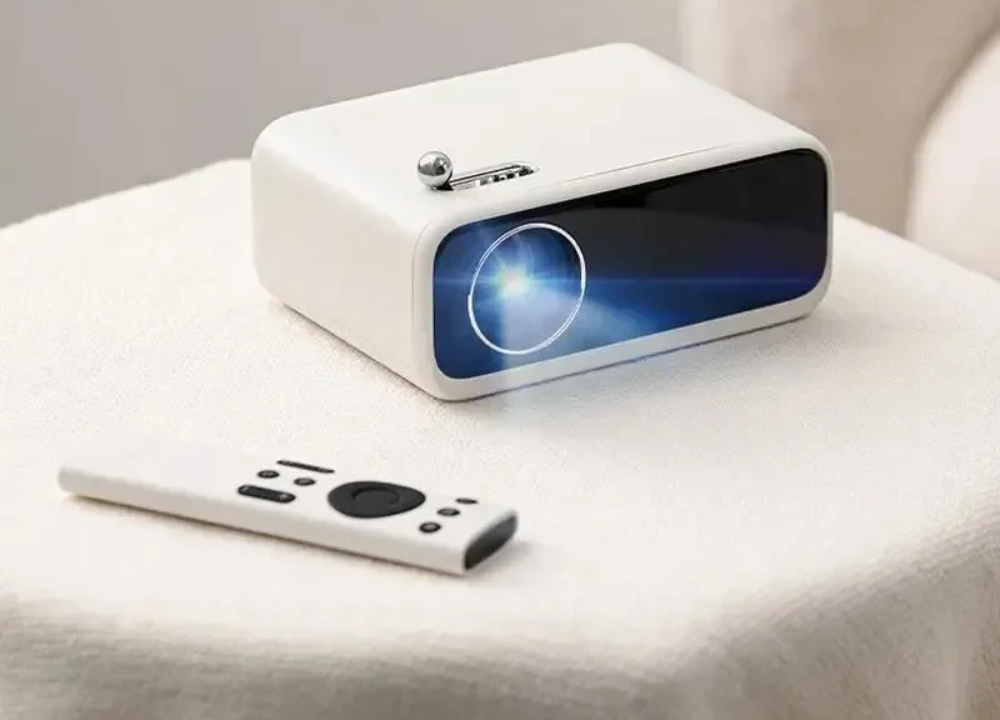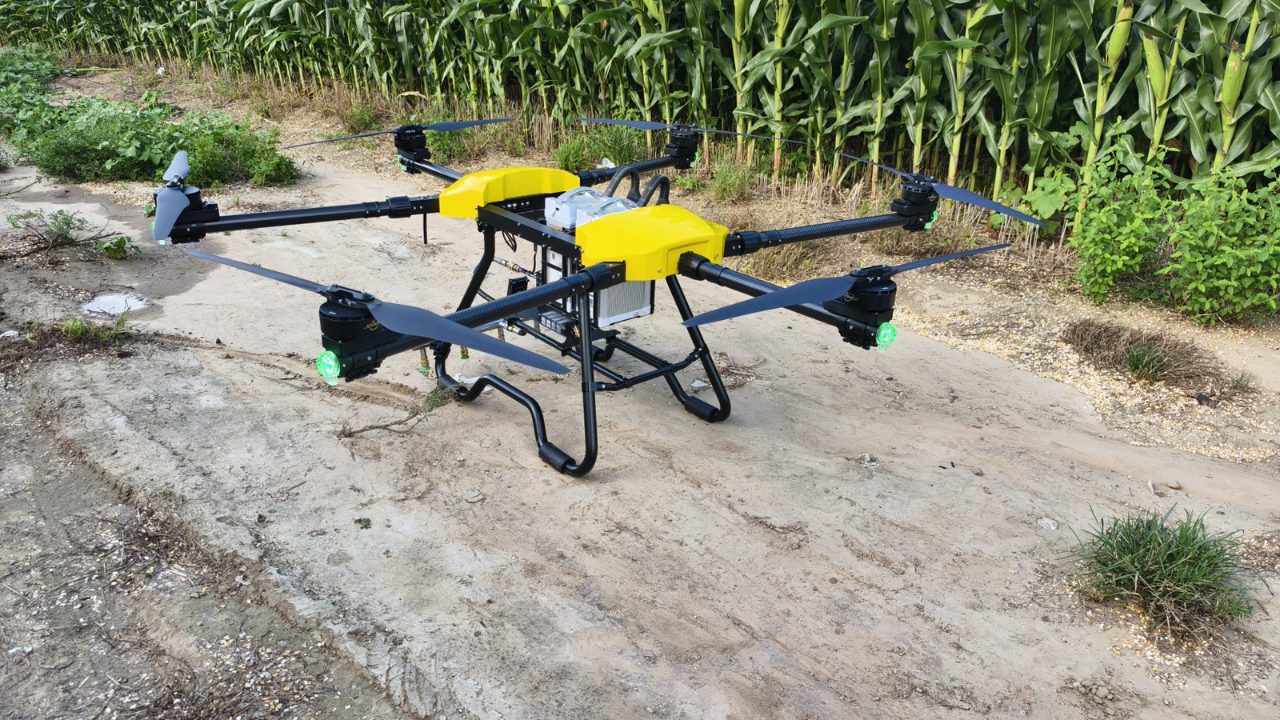- What Is a Mini Projector?
- How Does a Mini Projector Work?
- Benefits of Using a Mini Projector
- Best Mini Projectors of 2025
- How to Choose the Right Mini Projector
- Mini Projector Setup Guide for Beginners
- Future of Mini Projector Technology
- Are Mini Projectors Worth It for Home Use?
- How Much Does a Mini Projector Cost?
- Conclusion
- FAQs
Mini projectors have changed the way we watch visual material, where every kind of space can turn into a personal cinema. Those miniature devices are more powerful than one can think to pack into their palm, providing versatility that conventional projectors will not be able to deliver. Movie nights in the open air, presentations in remote locations, or added game gear—the usage of a mini projector may be multiple, but the selection of the correct one may be the difference between worlds.
Over the past few years, the portable projector market has literally exploded as competitors come up with more and more sophisticated models that are as small as possible yet well capable of performing. With pocket projectors tipping the scales at less than a smartphone and offering 4K features and functionality, today is the best time in history to start investing in mobile projection technology.
It will offer an in-depth discussion of all details about mini projectors in 2025, including how these devices operate, how to choose the best one according to your particular requirements, and more. You will find out the main peculiarities of mini and usual projectors, how to organize your gadget to make it perform on a high level, and how much to expect out of the portable projections of the future.
What Is a Mini Projector?

The mini projector is a member of the portable display devices category because it is small and easy to carry, since it projects images and broadcasts them onto a screen, wall, or ceiling. Mini projectors are very portable and convenient as compared to conventional projectors, which are, in most cases, a few pounds in weight and must be mounted permanently or take a lot of time to set up.
These appliances are usually 4-8 inches long and 6-2 pounds heavy. The modern mini projectors can give out a bright and clear picture, and some are as large as 150 inches or bigger than that, even though they are small in size.
Mini projectors are multi-purpose in different settings. They are utilized as presentation tools by businesspeople when meeting clients in small conference rooms. Families have movies in their backyards. The gamers design a virtually thrilling gaming process on the massive projection screens. They are used by students in study groups and in the presentation of projects.
Mini projectors can be used not only in entertainment and business. Its market is dominated by travellers who desire to share picture and video content during their travels, outdoorers who find their battery-powered use is ideal when being in the wilderness, and house owners want them instead of hard-wired televisions.
How Does a Mini Projector Work?

Mini projectors work on the basis of a number of display technologies, each of them having its peculiarities and merits. Being aware of these technologies can ensure that you make the right decisions at the time of selecting a device.
LCD (Liquid Crystal Display) is a technology that employs the passage of light through colors by controlling the passage of light by using liquid crystals. The projectors normally have high-level color fidelity and brightness suitable for bright places. These LCD mini projectors are less costly and yet have proven to be effective in most of the applications.
The latest development in mini projector lighting is laser. Laser projectors present estimated brightness, color precision, and life span. Although they tend to be more costly, laser-powered mini projectors are usually worth their price in terms of performance and longer working time.
The light of a display chip (LCD panel or DLP chip) is the place to start the projection. Display technology manipulates the video signal to be received and forms the picture. Then optical lenses magnify and focus this image, throwing an image on the selected surface. Smart models consist of keystone correction and automatic focusing, which adjusts the picture to a clear viewing angle automatically.
Benefits of Using a Mini Projector
The first and major strength of mini projectors is their portability. These are small and easy to carry around, which makes them ideal tools to be used when traveling, during outdoor activities, and in places the traditional projectors would not be of much use. Most of the models can be fit in laptop bags or even in large-sized pockets, where you can view them on a whim wherever you are.
Many models have battery operation and can operate with no power outlet, finally giving portability to entertainment and presentation. The attribute comes in handy during outdoor shows or camping trips and places that may have no sources of electricity available.
Eye strain is also minimized, as the light being reflected does not enter your eye all too directly as it would in a conventional screen. This off-axis watching can be more comfortable for long periods, especially in well-lit rooms.
Best Mini Projectors of 2025
The mini projector landscape in 2025 has quite amazing offers in terms of prices and features. THE current advanced manufacturers have been working on enhancement of brightness, resolution, and connectivity in compact form factors.
Mini projectors with full native 1080p resolution capable of supporting 4K inputs, LED light sources with an estimated lifetime of 30,000+ or more hours, and the capability of delivering 1,000+ ANSI lumens of brightness have become available as premium mini projectors. These top models are generally well equipped with connectivity features, integrated speakers, and sophisticated features such as automatic keystone control and focus.
Gaming mini projectors prioritize low input latency, high refresh, and great motion. These special models serve the needs of gamers, who desire to have large all-screen gaming experiences but do not want the size or cost of traditional gaming projectors.
The outdoor-specific models have more brightness, are durable, and have longer battery life, assuming that they will be used to watch movies in the backyard or while camping. Such projectors also come with weatherproof housings and special mounting options.
How to Choose the Right Mini Projector
The requirements of brightness are subject to the usage environment you intend to use it in. To use the device at night outdoors or in dark rooms, 100 ANSI-300 lumens might be enough. The right amount of light caused by the perfect source of light within the room or outdoors during the day would ideally need 500+ ANSI lumens to achieve an acceptable image level. Take into account the main environment where you visualize things before considering the brightness specifications.
The circumstances differ regarding the type of content and distance at which it is viewed in terms of resolutions. Ambient and basic video content in presentations may be fine, as 1280 x 720 pixels may serve as sufficient. Audiovisual lovers and gamers generally need 1080p native resolution or more to have sharp and detailed visuals.
The limitation of size and weight is dependent upon how easily you need it to be transported. Ultra-Compact models are big on portability but little on features & performance. A little bigger models tend to be more efficient and quite portable.
When preparing a budget, they should have both the costs of making the purchase and the costs of operation taken into consideration. Although LED and laser light sources are more expensive at the initial product, they avoid the costly replacements of lamps used in conventional projections.
Mini Projector Setup Guide for Beginners
The selection of the best projection surface influences the quality of the image greatly. There are also smooth white or light-colored walls to have enough sites to be viewed casually. Specialized projection screens are better in image quality and color precision, but they take away the portability advantage.
The estimation of distance provides the dimension of the screen and the vividness of an image. The specifications of most mini projectors suggest distances that various mini projectors can project on different-sized screens. Install the projector in the location to which it is attributed as per the recommended distance to get the preferred size of the screen, anywhere between 50-120 inches, with distances varying between 3 and 10 feet.
The setup of audio depends on the model and the setting. Built-in speakers offer a convenient experience yet might not have enough volume or quality of sound in spacious areas. Internal speakers or headphones may not provide the best audio experiences, especially in movies or games.
Environmental lighting control has a serious impact on the image quality. Reduce the ambient light sources that are facing the surface of projection. Think about blackout curtains or placing the light sources in the right position to make the color contrast and accuracy as possible.
Future of Mini Projector Technology
Improvement in resolution is getting better by the day, and even 4K mini projectors are getting popular and cheaper. Shrinking native 4K display chips with the same high pixel density support truly portable projectors with cinema-level resolution capability.
Improved LED and new laser technologies are making brightness enhancements with the potential for projectors to be able to be viewed in daylight with smaller form factors. Innovative optical systems and better light sources are moving brightness into areas that only large, power-consuming traditional projectors could give in the past.
The evolution of wireless technology encompasses more thorough and high-paced streaming protocols, lower latency in gaming, and so on. The integration of 5G connectivity can potentially result in an ability to access the internet directly without additional devices between the user and the connected services, broadening content possibilities and minimizing the magnitude of setting up.
Future developments of battery technology are focused on prolonging the operational life of the battery and increasing the rate of charge, as well as decreasing weight. Finally, breaking through the solid-state battery technologies could someday power all-day performance in ultra-compact form.
Are Mini Projectors Worth It for Home Use?
The mini projectors are great value by cost analysis when it comes to certain applications. Mini projectors are much cheaper than large televisions with the same screen size and offer better portability and space savings.
Usually does not have the brightness, contrast, and color fidelity of a high-end TV in well-lit conditions. They fit best in the case of dedicated viewing, but not background entertainment.
Ease of installation eradicates the difficulty in mounting, wiring, and installing the conventional home theater projectors. The majority of mini projectors may be ready to use within two or three minutes after being taken out of the box.
How Much Does a Mini Projector Cost?
An entry-level mini projector has a price between 50 and 200 USD, and they usually provide simple 480p or 720p resolution with relatively weaker brightness. They are such budget choices and serve as good sources of fun for children, informal presentations, or individuals having low-quality considerations.
Other costs are incurred; some are not apparent and include replacement parts, carrying cases, projection screens, and any possible repair services. Nevertheless, the cost of replacing lamps, which is a continuous expenditure having traditionally used projectors, is non-existent in the LED or laser light sources.
Depending on the usage patterns, value propositions differ greatly. Divide the cost by the viewing time and compare it with the values of alternatives such as buying a television or going to a movie theater in order to determine whether your situation has a value.
Conclusion
Usually, problems with the quality of images are not caused by the malfunctions of the projector but by its misalignment, focus, and positioning, or surrounding conditions. Most clarity, color, or brightness issues usually are solved by systematic troubleshooting and setup, and calibration.
Common connectivity issues mostly relate to incompatibility problems between the source machine and projectors, such as format incompatibility. This is proven by verifying supported resolutions and refresh rates, and where connections may not succeed at first, it might be worth using alternative cables or wireless protocols.
The surplus protection could lead to unplanned switches off when used for a long time. Adequate ventilation, clean air vents, and blockage of cooling fans should be avoided. In warm settings, lower the brightness levels when overheating continues.
Battery degradation is common over time, and it can be reduced by conducting numerous charging behaviors
FAQs
How good is the mini projector?
The top mini projector is a subjective one, but I suggest the Anker Nebula Capsule 3 and XGIMI MoGo 2 Pro are the most famous ones because of portability and image quality.
What is the role played by a mini projector?
A mini projector displays pictures, movies, or presentations on a bigger screen or a wall, and therefore, it is a great device to use during movies, games, and travels.
Does a projector contain a laser?
Not all projectors are lasers; some may be based on LED or lamp light sources. Laser projectors provide brighter, sharper, and more long-lasting images.
Can a mini projector be used as a TV?
Yes, it will be possible to connect a streaming device, console, or cable box to a mini projector and turn it into a portable TV.
Will my mini projector be able to watch Netflix?
Most mini projectors can run Netflix, on a pre-installed app, through a streaming stick or screen mirroring your phone or laptop.
- Best Tea-Making Accessories & Essential Tools 2025 Guide for Tea Lovers - September 23, 2025
- Best Electric Golf Scooters 2025 | Carry Your Bag in Style on the Course - September 21, 2025
- Best Gadgets 2025 Ultimate Guide by Gadget9Prom - September 15, 2025



Lovart AI Agent is a game-changer for creative workflows, blending AI with traditional design tools. Exciting to see pixel art evolve into modern visuals-can’t wait to test it! Lovart AI Agent